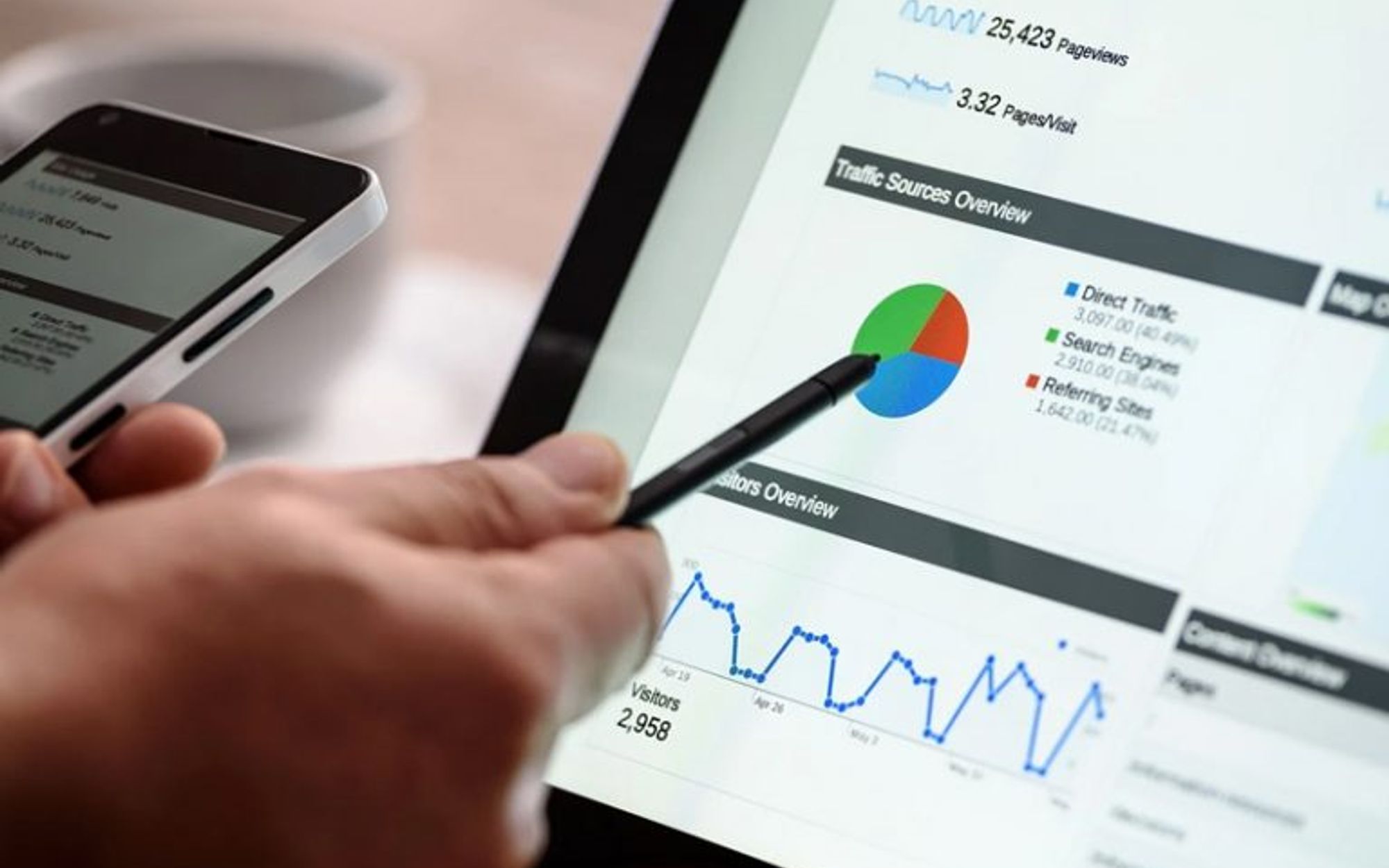Been hit by a Google penalty?

We all know that having a website ranked on Google is essential, it’s how most of your customers find out about what you do. But did you know that your website needs to fits into Google’s optimisation and quality guidelines?
Over the last 12-18 months, Google has become even more critical of a website’s quality, for the benefit of users! There are precise guidelines, which site’s owners should pay attention to. But if you don’t know about the guidelines and you’ve tried to optimise your website before, then you may have been hit with a penalty in the last year.
A penalty is the worst case scenario for your website as it affects rankings and ultimately the amount of traffic. The Bigger Boat can help you determine if your website has been hit and how to recover from it.
First of all, ask yourself “Have you…:
Noticed a consistent reduction in traffic?
Noticed a decrease in sales or conversions?
Noticed a drop in rankings over time or suddenly?
If the answer is yes, then the chances are you have been hit by penalisation. If the answer is no, you’re doing a good job and focusing content creation on the user… or you’ve hired a good search marketing agency.
You can distinguish two types of penalty: The manual penalty and the algorithmic update penalty.
Google Manual Penalty
We’ll treat the worst first, the manual penalty – a member of Google’s quality team issues this penalty! There are 2 types of hidden penalty: The Site-Wide Matches (actions that impact an entire website) and the Partial Matches (actions that impact individual URLs or sections of a website). The 1st one is the most common.
To check if you are subject to a manual penalty or have received the warning, log in to your Webmaster Tools account.
Go to Search Traffic -> Manual Action -> Penalty message
If you have received a manual penalty, you will probably see a similar message to the one below:
Unnatural Links to your site – impacts links
“Google has detected a pattern of unnatural artificial, deceptive or manipulative links pointing to pages on this site. Some links may be outside of the webmaster’s control, so for this incident, we are taking targeted action on the unnatural links instead of on the site’s ranking as a whole. Learn more.”
As you can see above, a manual penalty is given for a good reason, usually caused by “unnatural links” pointing to your site. These are links that violate Google’s guidelines. When your website is your source of income, this message can be pretty scary!
Next step, the road to recovery…
It’s time to react and to plan your recovery. Every good digital marketing company would recommend you to conduct a Link Audit. As a start, check your links in Webmaster Tools
(search traffic -> Links to your Site -> who links the most -> more>> | Download Latest Links.
Another useful tool to use when investigating backlink profiles is Open Site Explorer. (Copy-Paste your website URL)
Review all links pointing to your site and make decisions based on a few criteria:
Spam links (from directories or other link farms)
Links from low-quality sites, with Page Rank 0 (= signal of the authority of a website, the lower the worst)
Dodgy links built in the past, they probably are manipulative (= exact anchor text)
Any “Toxic” links that you feel should be removed or disallowed.
Very often, links pointing to your website are out of your control. In this situation, you’ll have to contact the link owners. Write to these webmasters and request that they remove the link.
Once this task is completed, you can send a reconsideration request to Google who will manually review the site and hopefully accept the corrective work done. However, if Google rejects it, then further action needs to be taken. Come and speak to us if that’s the case, we’ll help you!
Next, we will tackle the less aggressive, but much more complicated penalty.
Google Algorithmic Update Penalty
Google’s search listing is based on a complex mathematical algorithm that is based on their quality guidelines. It’s their system for determining which website to show for certain search queries. Any changes to the way this algorithm works are usually followed by a large amount of search result fluctuation.
The picture below shows updates to Google listed by MOZ. 2013 saw some of the biggest changes for a long time!
(See the full algorithm changes: 2000 – 2014 MOZ)
After a Google update, your site might suddenly drop or increase in position overnight. Let’s tackle reasons for your site dropping in the search listings. When working on improving search results relevancy, Google’s algorithm updates will often target websites with:
Low-quality content
Duplicate content (publishing content of another website is viewed badly by Google)
Bad internal linking (sign of a poor user experience)
Bad neighbourhood: sites linking to you are low quality (this refers to cleaning your backlink profile if hit by a manual penalty)
Poor On-page structure (link spamming on your pages, in your titles, in your headings…): this is a manipulation of the algorithm.
Keyword cannibalisation (focus only on one or two keywords across numerous pages)
Exact anchor text: (anchor text = text of a link)
Too many “page not found” errors also called 404 errors (sign of a poor user-experience)
Next step, the road to recovery…
Fixing all the above listed points can be a long and complicated project. It depends how badly over-optimised your site is, and equally how easy it is to correct. But the benefit is pretty obvious – better rank in Google like you used to have!
You won’t have to request a reconsideration to Google as the search engine will figure out that you have fixed these issues next time the Google’ bots (= Google crawlers) will visit your website to index pages.
It might seem harsh from Google but it is designed to offer a better user experience by delivering the most relevant results as possible… that’s the theory anyway! In our experience, this isn’t always the case. The rationale is sound though, and we’re all for improving user experience at The Bigger Boat.
If you have experienced or are experiencing any of these penalties, feel free to get in touch. We are working with new clients that have been hit by penalties, who are now getting back to where they used to be. Have a look at our case studies.
If you want to keep up to date with the crew, don't forget to sign up to our newsletter to benefit from digital marketing expertise, as well as exciting opportunities to improve your business' performance.

Written by Andy McCaul
Co-founder and digital marketing guru Andy ensures all projects are shipshape, and that we generate the best return on investment for clients.
News and insights
We’re officially a Great Place To Work!
What makes The Bigger Boat a Great Place To Work? Lots of things, it turns out! Take a look at our top-scoring statements and what our employees had to say.
Read moreNews and insights
Insights from below deck: March 2024
Content that ‘takes pressure off’, social media consumer secrets, and 2023’s most successful digital PR campaigns are some topics that got the team talking this month.
Read more